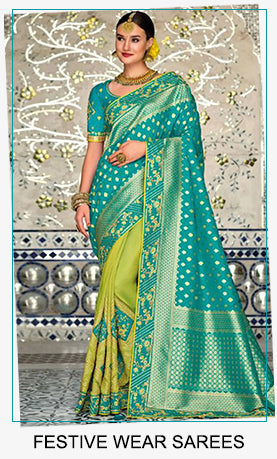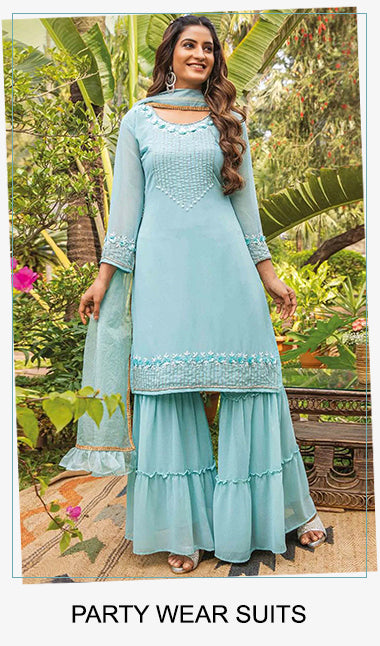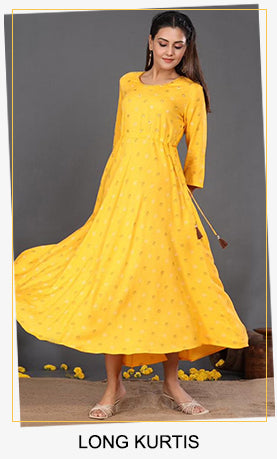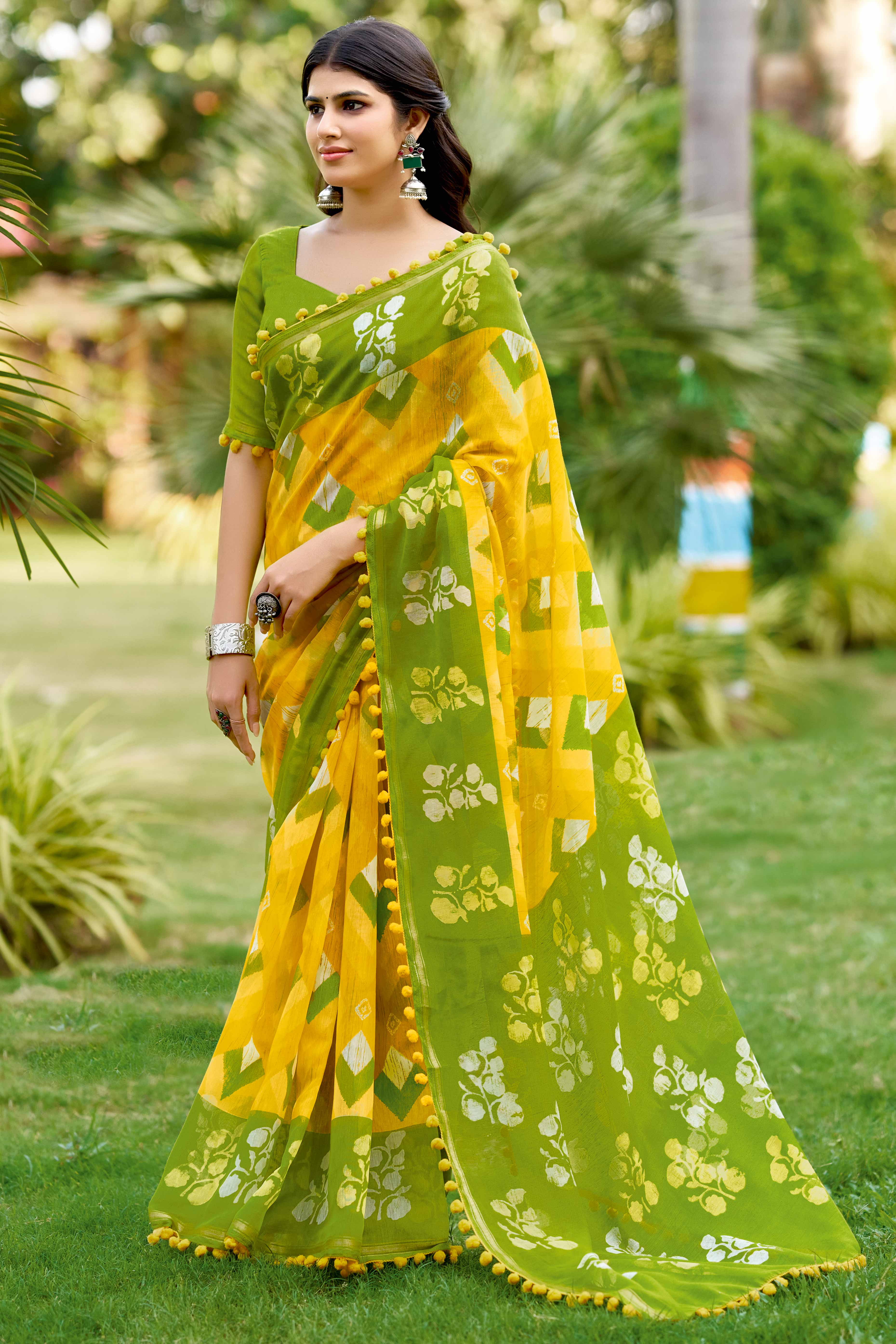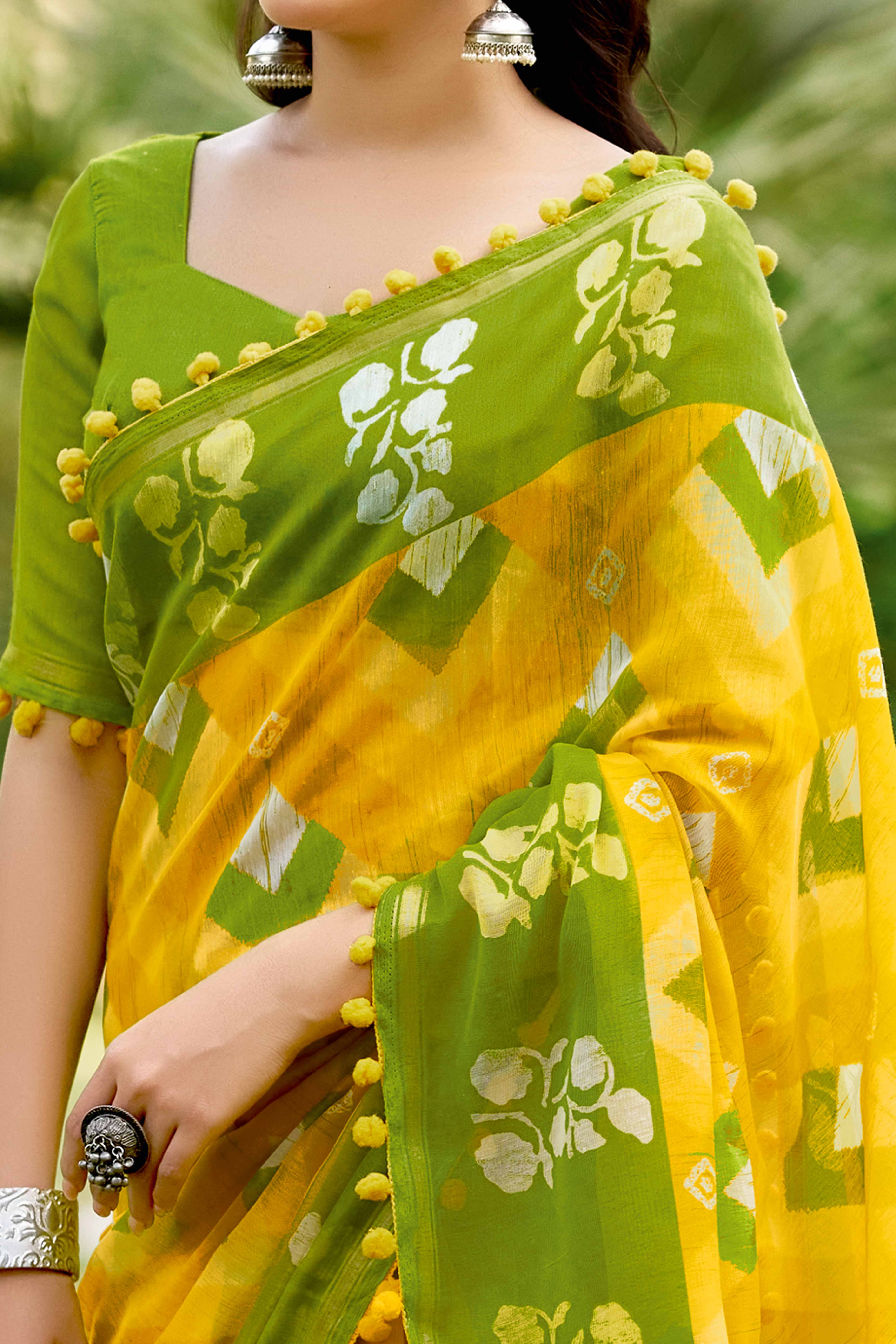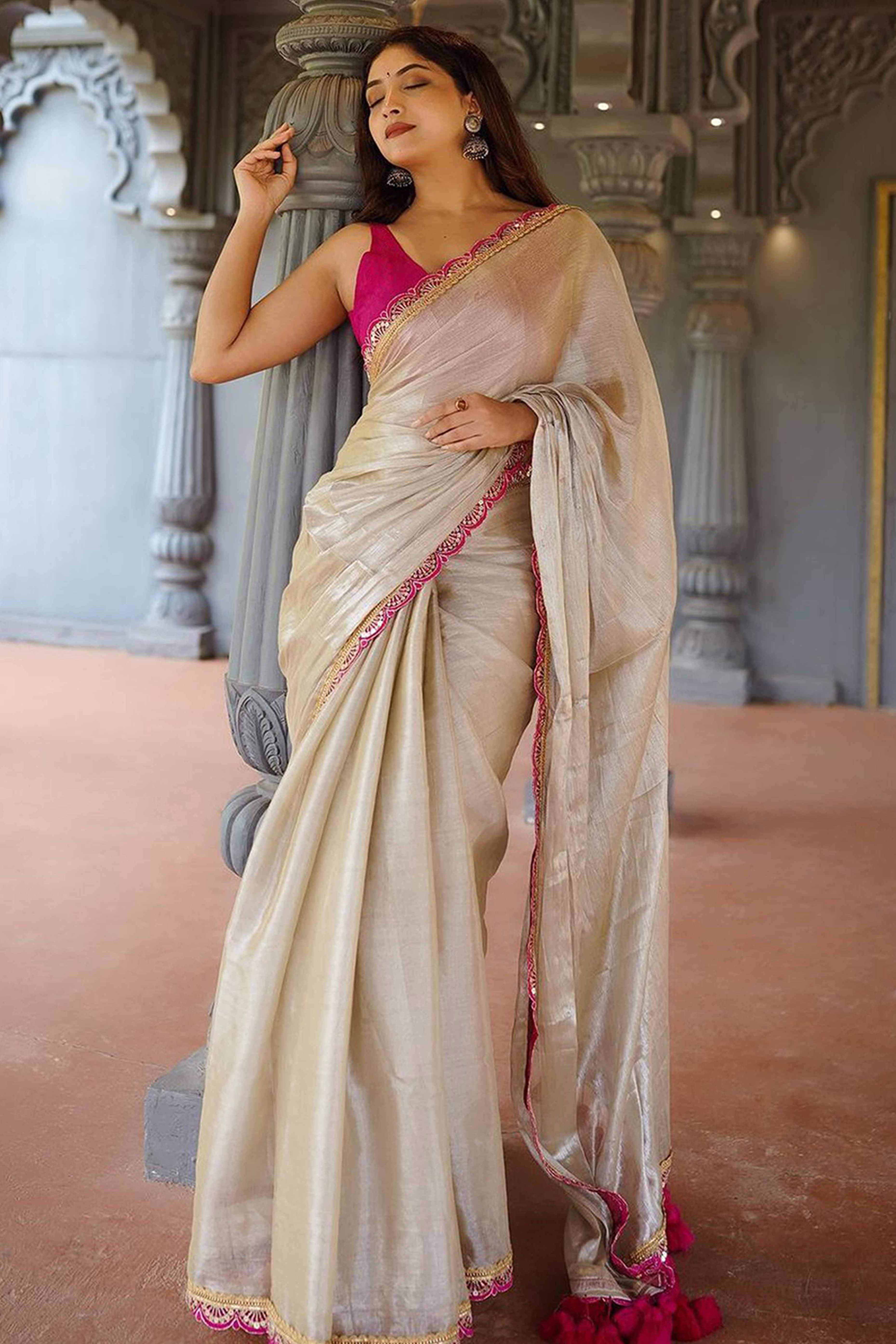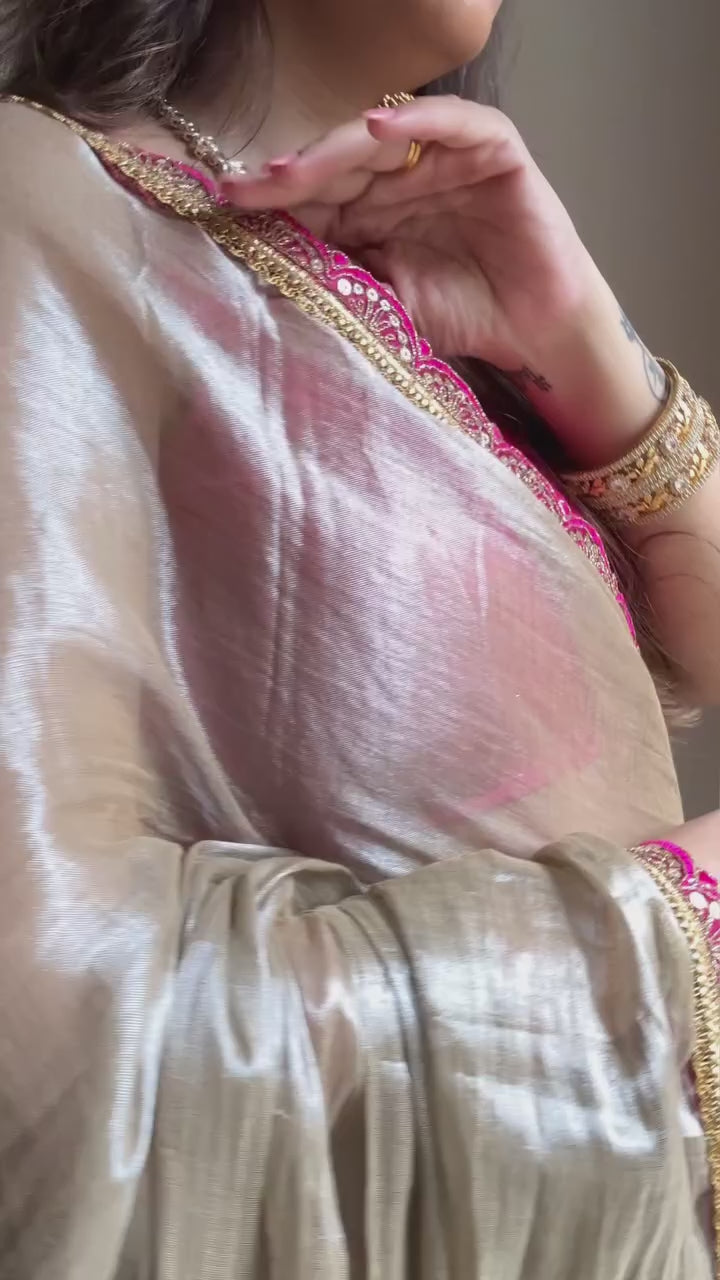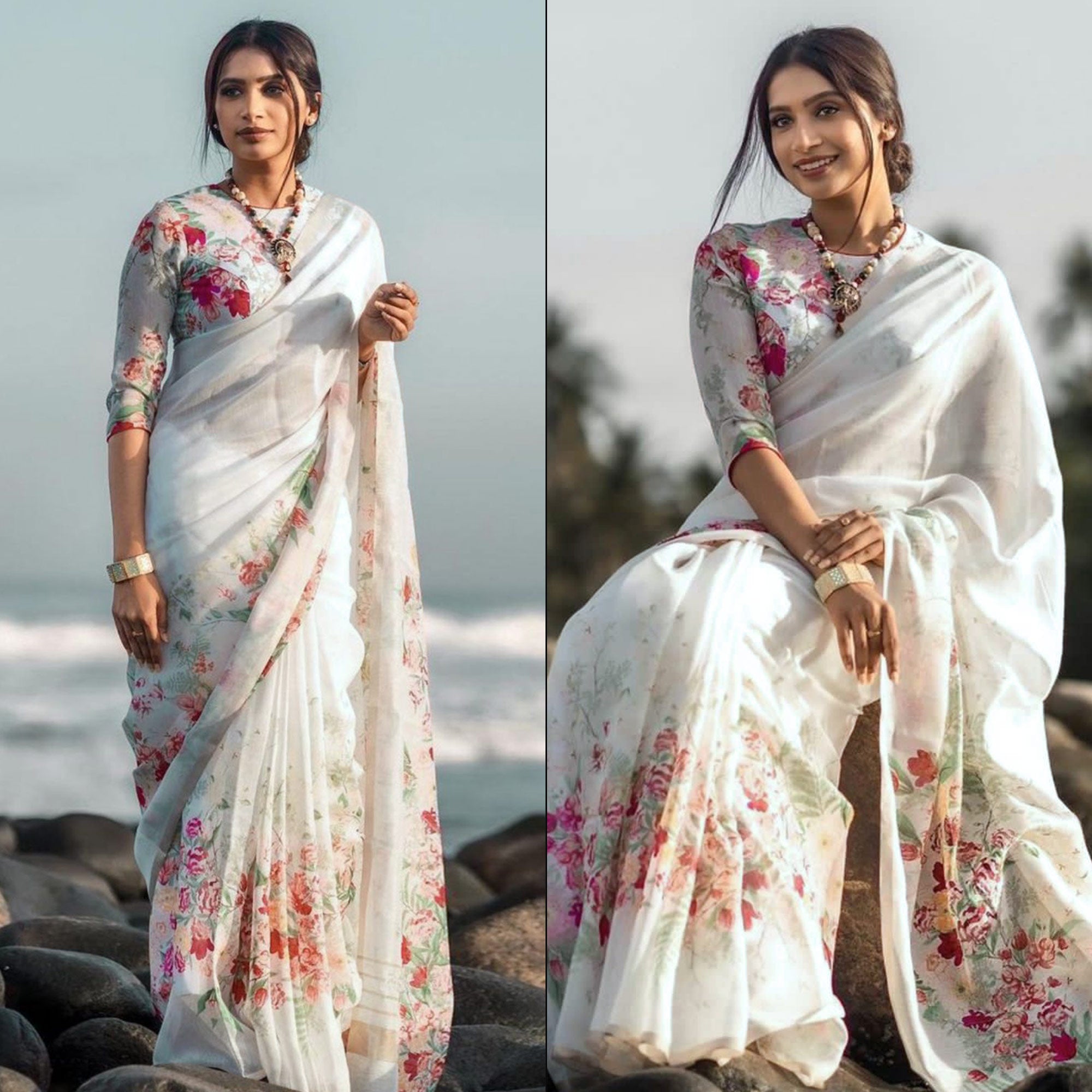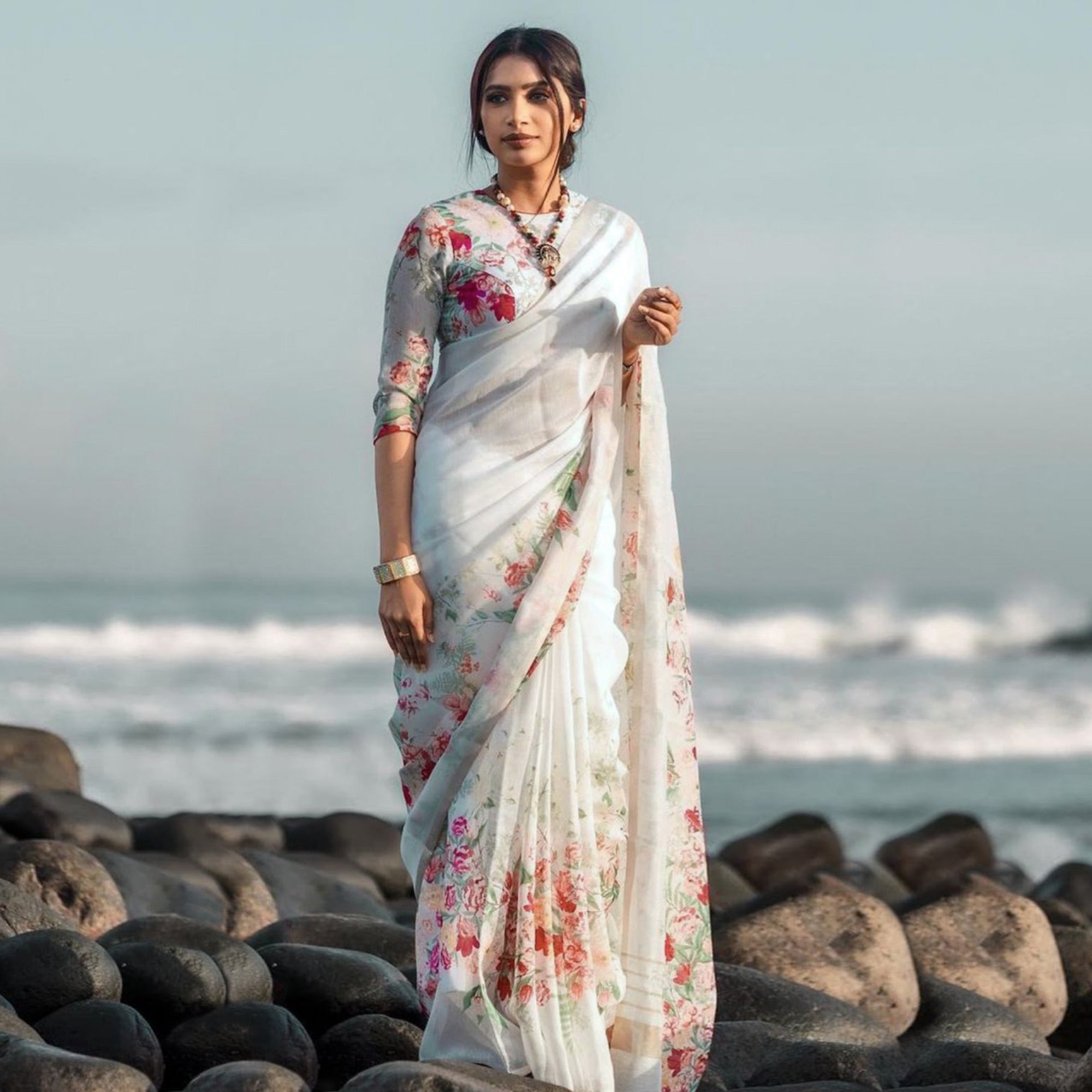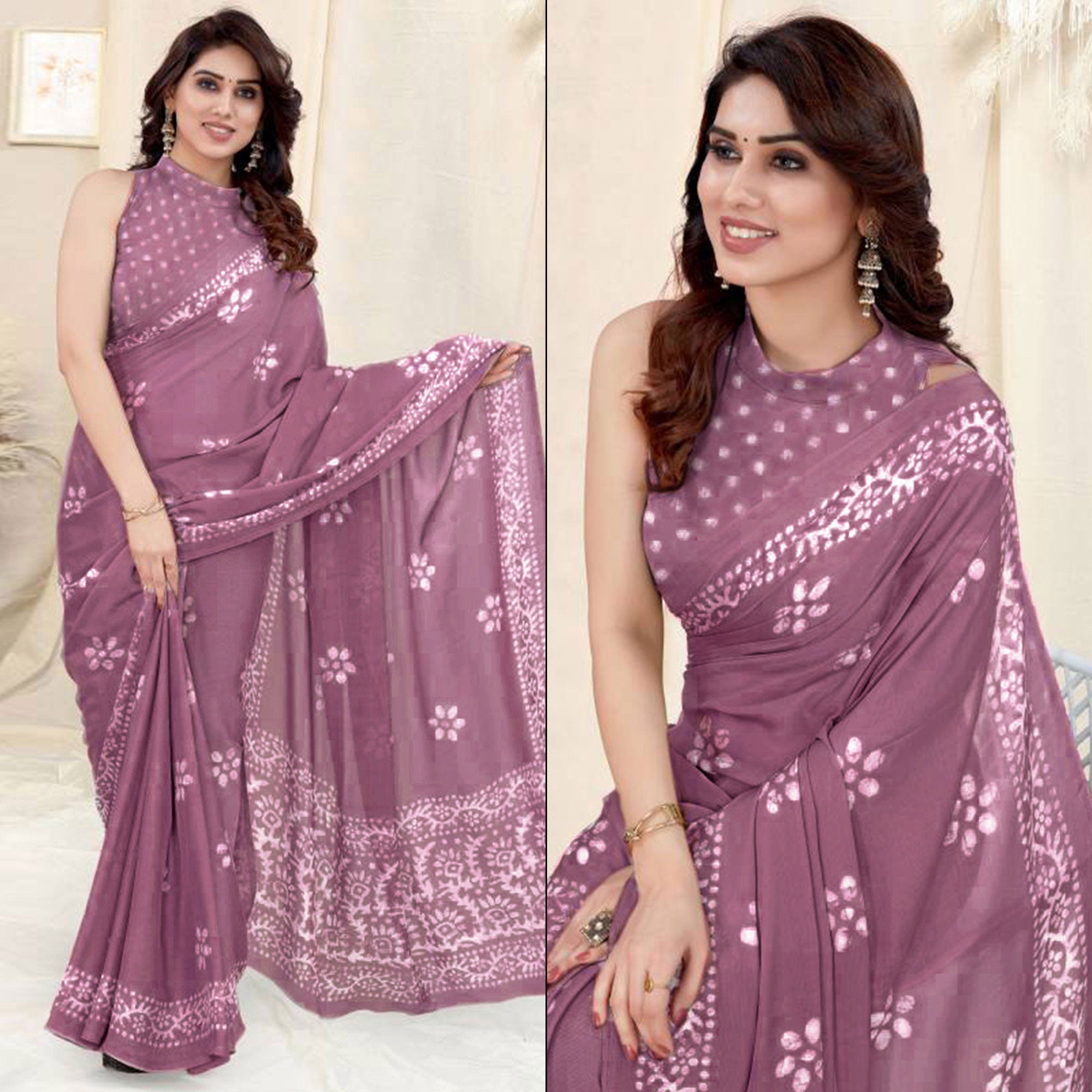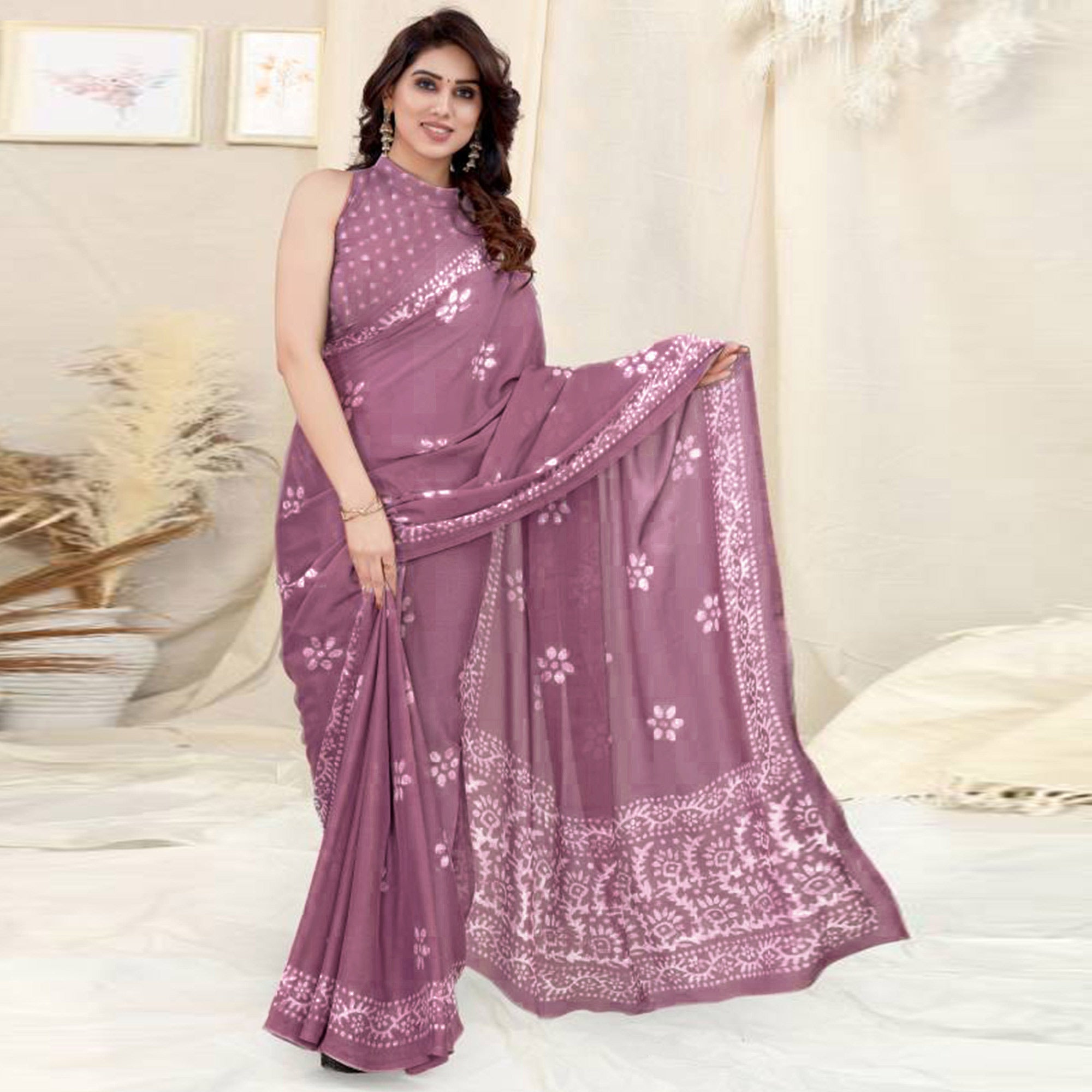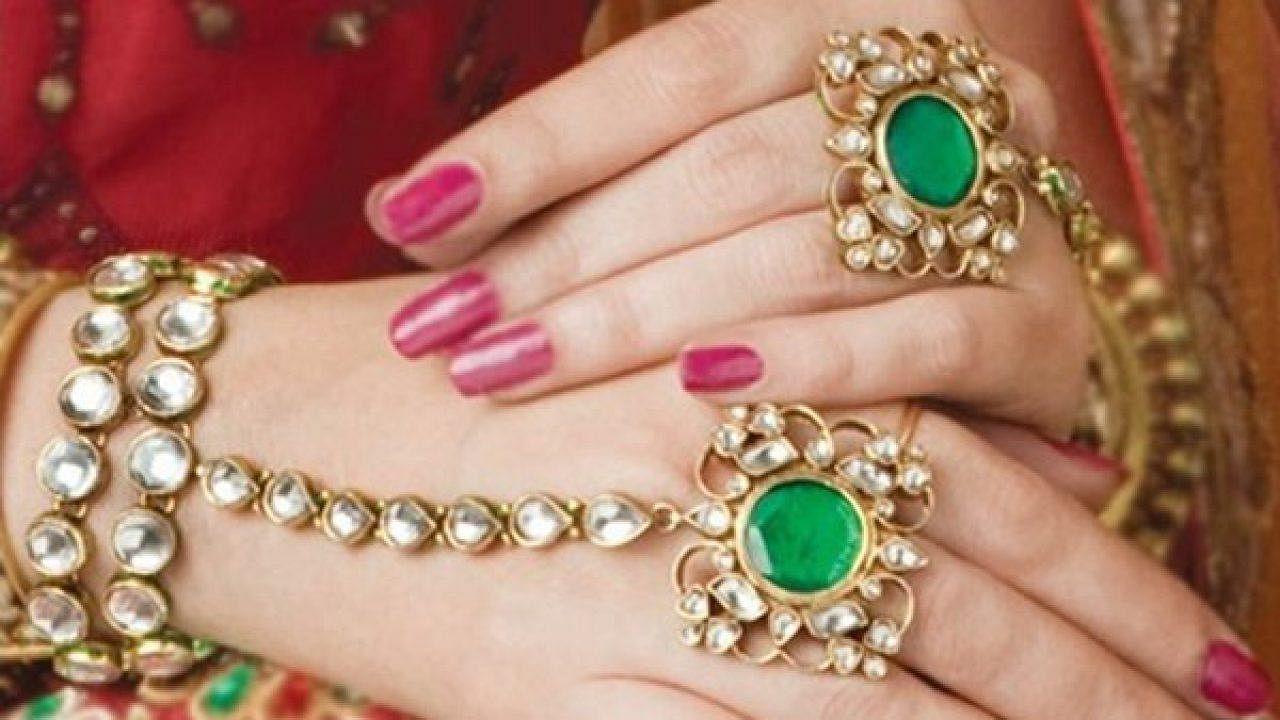The word KURTI is a direct feminine descendant of its male parent KURTA, which technically means a loose collarless shirt. It is said to have originated in Central Asia somewhere around the early medieval era and was primarily worn as the traditional outfit by men but over time, it evolved into the KURTI which is one of the most common wardrobe essential that you will find in almost every woman's collection all over the world.
HISTORY AND ORIGIN

The word has Persian origins and historically, it was a simple garment composed of rectangular pieces stitched simply with probably a few gussets and inserts to minimize wastage. The most common fabric used was cotton but the elite wore tunics made out of silk. A traditional kurta is collarless and its length grazes the knee of the wearer. It was worn either with payjamas or salwars.
In western countries, the kurta was worn by the male members during religious ceremonies as a long buttoned shirt under a cloak normally. The more elaborate the underdress/toga, the higher was the status of the wearer.
The nineteenth-century saw kurtas and kurtis gaining prominence among scholars, artists, and poets. It was also an integral part of the hippie movement of the 70s as this loose-fitted tunic was symbolic of their carefree and casual attitude.
THE EVOLUTION
Owing to its high comfort factor, the kurta started to become popular with women as well and gradually evolved into its superstar version -THE KURTI, which is much shorter and can be slightly form fitting too. While silks and cottons were the only fabrics used to make them earlier, now-days, chiffon kurtis, georgette kurtis, cotton kurtis, handmade kurtis, brocade kurtis, silk kurtis, khadi kurtis, and many other varieties are available easily in the market.
STYLE

The current versions of Kurti are a far cry from the traditional variant. It may be long or short, embellished or plain, made of almost any fabric possible and in more designs or styles than one can possibly fathom. There are prints and there are embroideries and there are endless patterns. Owing to the comfort that Kurtis offer, they continue to remain popular as ever. Be it office wear, festivals, ceremonies or special events, there is a kurti for every occasion and budget.
The bottoms have evolved too. You can team up your kurti with salwars, churidaars, pants, denims, skirts and even shorts. Its reach and popularity transcends age and borders.
Here are some of the most common patterns of kurtis that are fairly popular-

•À_ STRAIGHT KURTIS- They are pretty much the standard kurti style, a rectangular comfortable long shirt with or without a collar. It can be patterned, printed or plain and is very popular as office wear among ladies. Office wear kurtis are normally in cotton fabric that's breathable and comfortable throughout the day during summer. Although, straight woolen kurtis have also become very common during winter season. •À_

A-LINE KURTIS- This kind of kurti style narrows around the waist and flares out slightly into an A shape( hence the name) from the waist down. It can be knee-length or even shorter, depending upon one's preference.
CHIFFON DESIGNER KURTIS- These kinds of kurtis are stylish and come in all sorts of patterns with different embellishments. They are suitable for festivities and special events. One can wear them with pants, palazzos, or even churidaars. •À_

GEORGETTE BEADED /DESIGNER KURTIS- Owing to its flowy, fluid nature, georgette kurtis are ever so popular when it comes to experimenting with drapes or designs. They are easy to play with and look extremely flattering. Georgette kurtis can be a--Line or even floor length, as per the occasion. In fact, floor length kurtis in various styles are very popular during wedding seasons. Beaded Georgette kurtis also make for an excellent ensemble choice for formal, wedding occasions.
ANGRAKHA STYLE KURTI- This is another very popular pattern of kurtis that is designed like the traditional angrakhas worn by artists and musicians traditionally. One side of the shirt overlaps the other with usually a lacy tie-up to secure it.
PRINTED KURTI- Prints are always in trend as they give a distinct vibrancy to the normal kurti. Different kind of prints such as bandhani, tie and die, floral, digital, geometrical, polkas, houndstooth, checks, ginghams, etc are available in the market as per individual choices. There are many more variations in the different styles of kurtis. There are drapes- like the dhoti style kurtis, kaftan style kurtis, and the saree style kurti. Then there are the handmade kurtis, up-cycled, and other versions. Designers keep coming up with different kurti innovations with each passing day since the demand for these is always high.
EMBELLISHMENTS ON KURTIS
 •À_
•À_
Appliqué work, gota patti, various different embroideries, Phulkari, stonework, zari work, the extent of embellishments to enhance the look of Kurtis is endless. All these are done to make the kurti look more formal and party wear ready. The best part about Kurtis is that you can mix and match them with different bottom wear. The kurti that you wear with pants can be sometimes teamed up with a skirt or a churidar or even denims! Such is the versatility of this amazing garment. There is an ever-increasing market for kurtis in India and abroad. Women from all over the world wear the kurti with aplomb. Customized or ready to wear, the kurti keeps winning hearts all the way.

